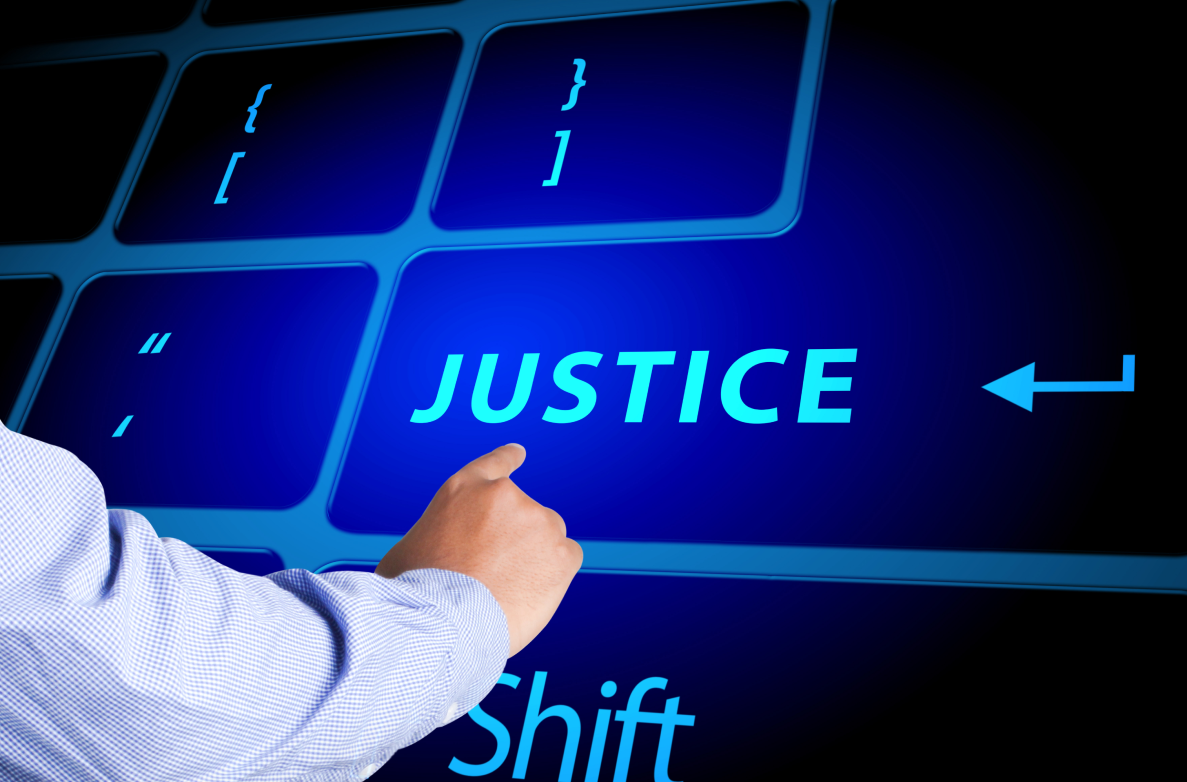Justice/Legal Tech 1 year ago
The Tell-tale SIGNS of the Future of Legal and Justice Technology
Some of the more seismic changes in the evolution of legal and justice technology have been witnessed in the past few years – brought on by the urgent need to co-opt the industry to remote or flexible work conditions. One telling change has been the widespread use and acceptance of e-Signatures.

In the past few years, wrecked by the global pandemic and ensuing crises, across the world, agencies entrusted with governance and management of resources have witnessed major setbacks – economies have been in freefall tearing apart communities and livelihoods that never saw it coming. The post-pandemic era, on the other hand, has been defined by resource shortages and the ever-present threat of climate change. So, it comes as no surprise that several organisations, when faced with unanticipated difficulties, have naturally resorted to technology to bring forth innovative and creative solutions.
The legal industry is no exception here. Boosted by the technological arms of legal and justice technology, the legal industry, in the last few years, has been through a massive revolution – from the way it operates and renders its services to the very way law is practiced and perceived. Some of the more seismic changes have been brought on with the widespread evolution of legal and justice technology that we have witnessed in the past few years – a perhaps unintentional by-product of the urgent need to co-opt the industry to remote or flexible work conditions. One telling change has been the pervasive use and acceptance of e-Signatures.
E-Signatures, or digital signatures in some formats have been around since the late 1990s. But off late, they have become increasingly popular as the ‘most secure and convenient way to sign documents and contracts.’ They are currently employed in a variety of fields, such as banking, insurance, and healthcare; and their application is only anticipated to spread further in the coming years. Keeping up with latest technological developments, e -Signatures are becoming more user-friendly, with more companies offering easy-to-use tools and features that make it simple to sign documents online. In fact, the use of e-signatures is now considered safer and more reliable because many service providers now protect documents and signatures with encryption, biometric protection features and other security measures.
The e-Signing and e-Witnessing trends have almost entirely been absorbed by the legal profession. E-Signatures now provide a secure, effective, and affordable means to execute documents, solving one of the legal industry’s most pressing issues. They are also legally binding in many jurisdictions. E-Signatures have made it possible for lawyers to sign and execute documents swiftly and securely, track and manage them remotely, and store and share them with clients at their discretion, all while saving time and money. Ultimately, e-Signatures have paved the way for the future, more dynamic understanding of the law – one where justice is not confined to the courtrooms but is transparent and accessible to all.



